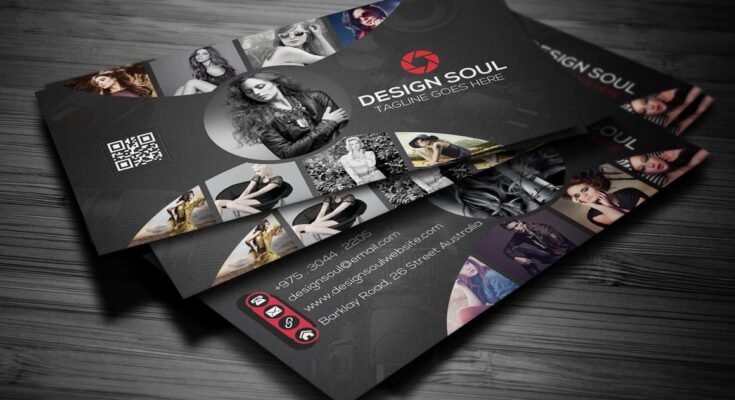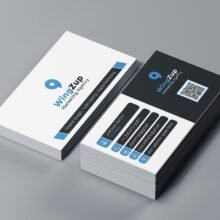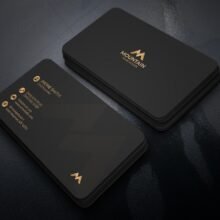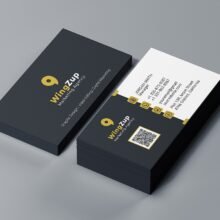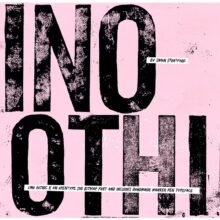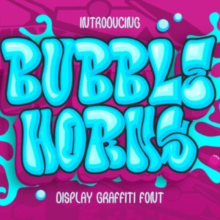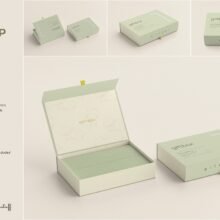Photography Business Card: A Comprehensive Guide to Creative Identity in the Visual Arts Industry
1. Introduction: The Business Card in a Photographer’s Journey
In a Photography Business Card world where every moment can be captured, enhanced, and immortalized through the lens, the photography industry thrives on creativity and personal branding. Whether one is a wedding photographer, a fashion professional, or a freelance visual storyteller, the ability to leave behind a memorable, tangible reminder of one’s identity remains an invaluable asset.
This is where the Photography Business Card enters as a timeless branding tool. Despite the dominance of digital communication, business cards continue to serve as personalized symbols of professionalism, credibility, and artistic expression. For photographers, whose careers revolve around creativity and visual impact, a thoughtfully designed business card is not just contact information—it is the first glimpse of their artistic signature.
2. Why Photography Business Cards Still Matter
Many may assume that in today’s digital networking age, physical business cards have lost relevance. However, in the creative industry, particularly in photography, the opposite is true. Business cards function as:
-
Visual Identity Markers – Compact representations of a photographer’s brand personality.
-
Networking Essentials – Physical objects that can be exchanged in studios, events, or client meetings.
-
Creative Portfolios in Miniature Form – A card can act as a snapshot of one’s style, whether minimal, bold, classic, or experimental.
-
Brand Consistency Tools – Aligning with logos, websites, and social media branding.
For photographers, handing out a unique card can instantly differentiate them in a competitive market, ensuring potential clients remember them long after an introduction.
3. Characteristics of a Great Photography Business Card
a) Creative Use of Imagery
Unlike traditional professionals, photographers can incorporate their own photographs or stylized backgrounds directly into the design. This instantly communicates their expertise and style.
b) Minimalist Yet Impactful Layouts
Many photographers opt for clean, uncluttered designs that emphasize typography and logo placement, creating an elegant, professional impression.
c) Custom Fonts and Typography
Typography often serves as a subtle reflection of the brand identity—modern sans-serifs for contemporary creatives, calligraphic scripts for wedding specialists, or bold display fonts for fashion photographers.
d) Quality Printing and Materials
From matte finishes and textured papers to metallic foiling and embossing, the choice of material reflects the seriousness of the craft. High-quality printing transforms a simple card into a luxury object.
e) Balanced Information Display
A successful card clearly showcases:
-
Photographer’s name
-
Brand or studio name
-
Contact information (email, phone, website)
-
Social media handles (Instagram, Behance, or portfolio links)
-
Tagline or specialty (e.g., Wedding & Lifestyle Photographer)
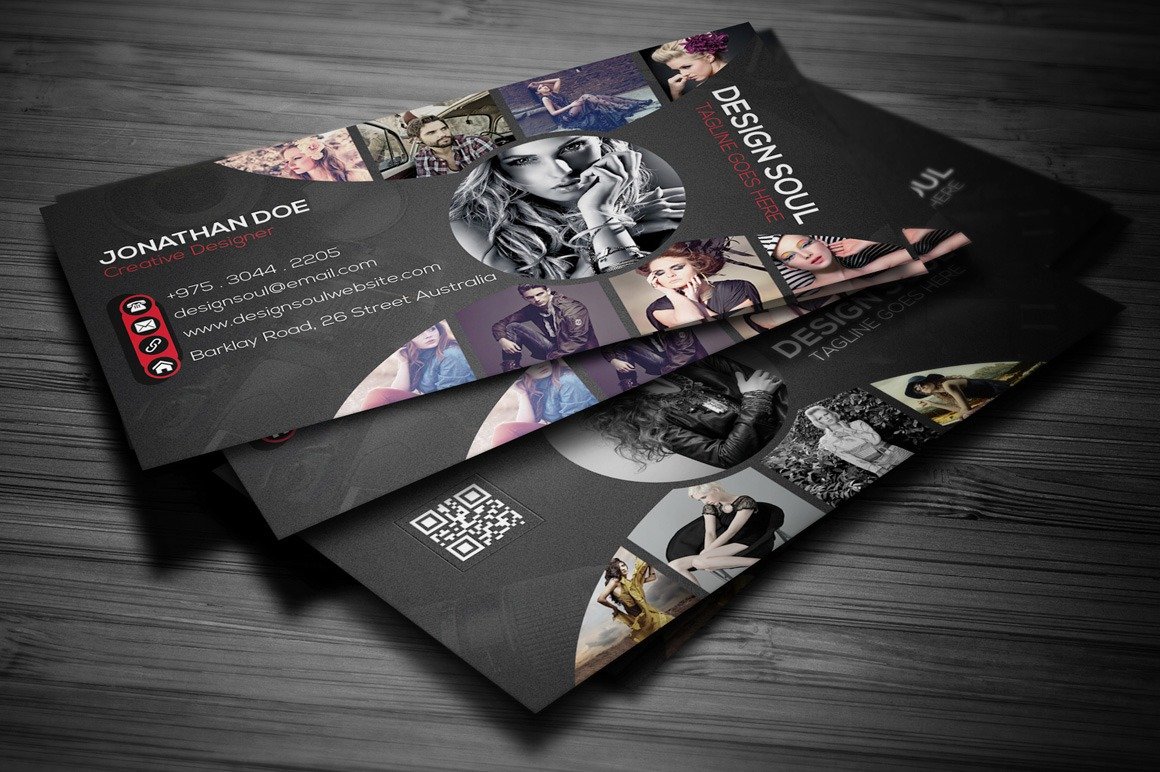
4. The Role of Photography Business Cards in Branding
Branding in photography is about more than just capturing pictures—it is about building trust, evoking emotions, and creating memorable experiences. A well-crafted business card plays an important role by:
-
Establishing Credibility – Signaling professionalism and readiness.
-
Differentiating Style – Using imagery or design elements that mirror one’s artistic approach.
-
Strengthening Recall Value – Offering potential clients a tangible reminder of the meeting.
-
Creating Conversation – Unique design elements, such as a card with one of the photographer’s images, often spark dialogue.
5. Popular Design Styles for Photography Business Cards
-
Minimalist Black-and-White
– Clean typography, white space, and subtle elegance. Perfect for high-end fashion or editorial photographers. -
Photo-Centric Designs
– Featuring a photographer’s own work on the card’s reverse side. Ideal for showcasing portfolio samples in miniature form. -
Bold and Modern Layouts
– Geometric designs, striking colors, and experimental compositions. Best suited for commercial or creative photographers. -
Vintage and Rustic Styles
– Textured backgrounds, sepia tones, and script typography, particularly effective for lifestyle and wedding photographers. -
Luxury Finishes
– Gold foiling, embossing, spot UV, or textured card stock. Aimed at creating premium, exclusive branding experiences.
More Read: Click Here
6. Benefits of Photography Business Cards
-
Portability – Compact and always available, requiring no internet connection.
-
Tactile Engagement – The physical touch of quality paper leaves a stronger impression than digital interactions.
-
Instant Credibility – Signals preparedness during meetings or networking events.
-
Visual Portfolio Extension – Cards can mirror or complement the broader brand aesthetic.
-
Cost-Effective Marketing Tool – Compared to large-scale campaigns, business cards are inexpensive yet highly effective.
7. Best Practices for Designing Photography Business Cards
-
Align with Personal Brand Identity – Ensure the design reflects your niche (e.g., romantic for weddings, bold for fashion).
-
Keep It Readable – Avoid overcrowding with text or images; clarity is essential.
-
Invest in Premium Printing – Use quality stock and professional finishing options.
-
Highlight Key Information – Place contact and social handles in clear view.
-
Experiment with Shapes – Square, vertical, or custom-shaped cards can stand out among traditional rectangles.
-
Use Both Sides – Dedicate one side to imagery and the other to information for balance.
8. Case Studies: Real-World Applications
-
Wedding Photographers often use soft pastel tones, elegant calligraphy, and sample portraits on their cards to convey romance and intimacy.
-
Commercial Photographers lean toward bold typography and minimal color palettes, emphasizing strength and modernity.
-
Travel and Adventure Photographers incorporate landscapes, textures, and natural elements, mirroring their adventurous brand.
-
Fine Art Photographers prefer monochrome or experimental layouts, symbolizing artistic sophistication.
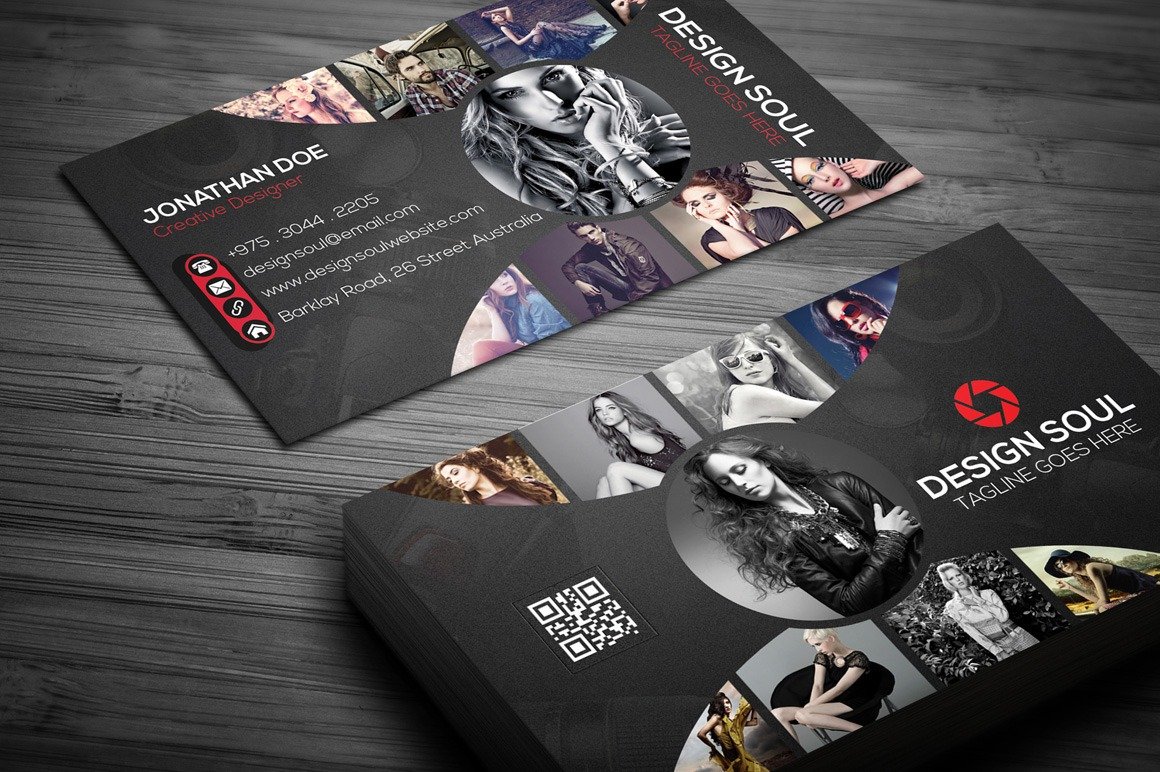
9. The Future of Photography Business Cards
As the design industry evolves, so do business cards. Modern innovations include:
-
Interactive Cards – QR codes linking directly to online portfolios, showreels, or Instagram profiles.
-
Sustainable Printing – Eco-friendly paper and soy-based inks aligning with conscious branding.
-
Augmented Reality Cards – Cards that activate AR experiences, bringing images to life when scanned with a phone.
-
Digital Hybrid Integration – Combining traditional cards with NFC-enabled technology, allowing instant digital contact exchange.
10. Conclusion: Why Every Photographer Needs a Business Card
In the realm of photography, where visual artistry is the heartbeat of success, the Photography Business Card acts as more than just a networking tool. It is a miniature portfolio, a creative identity marker, and a symbol of professionalism.
A beautifully designed card ensures that every handshake, every introduction, and every networking moment is accompanied by a lasting reminder of the photographer’s craft. In a crowded industry, such a card transforms from a simple piece of paper into a bridge between creativity and opportunity.
For photographers, investing in a thoughtfully designed business card is not merely a design choice—it is a strategic decision that amplifies brand recognition, strengthens credibility, and leaves a powerful visual imprint in the minds of clients and collaborators.

